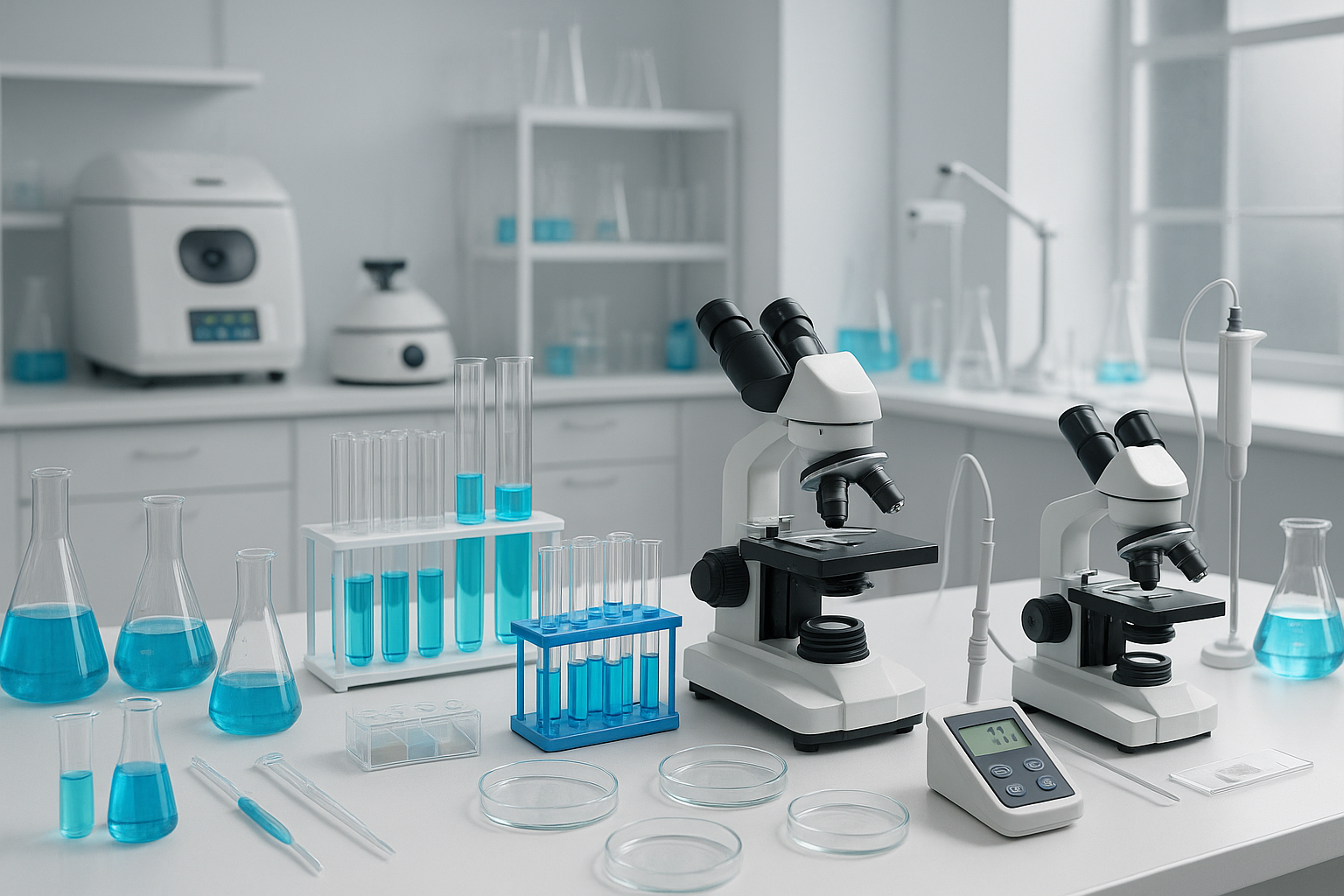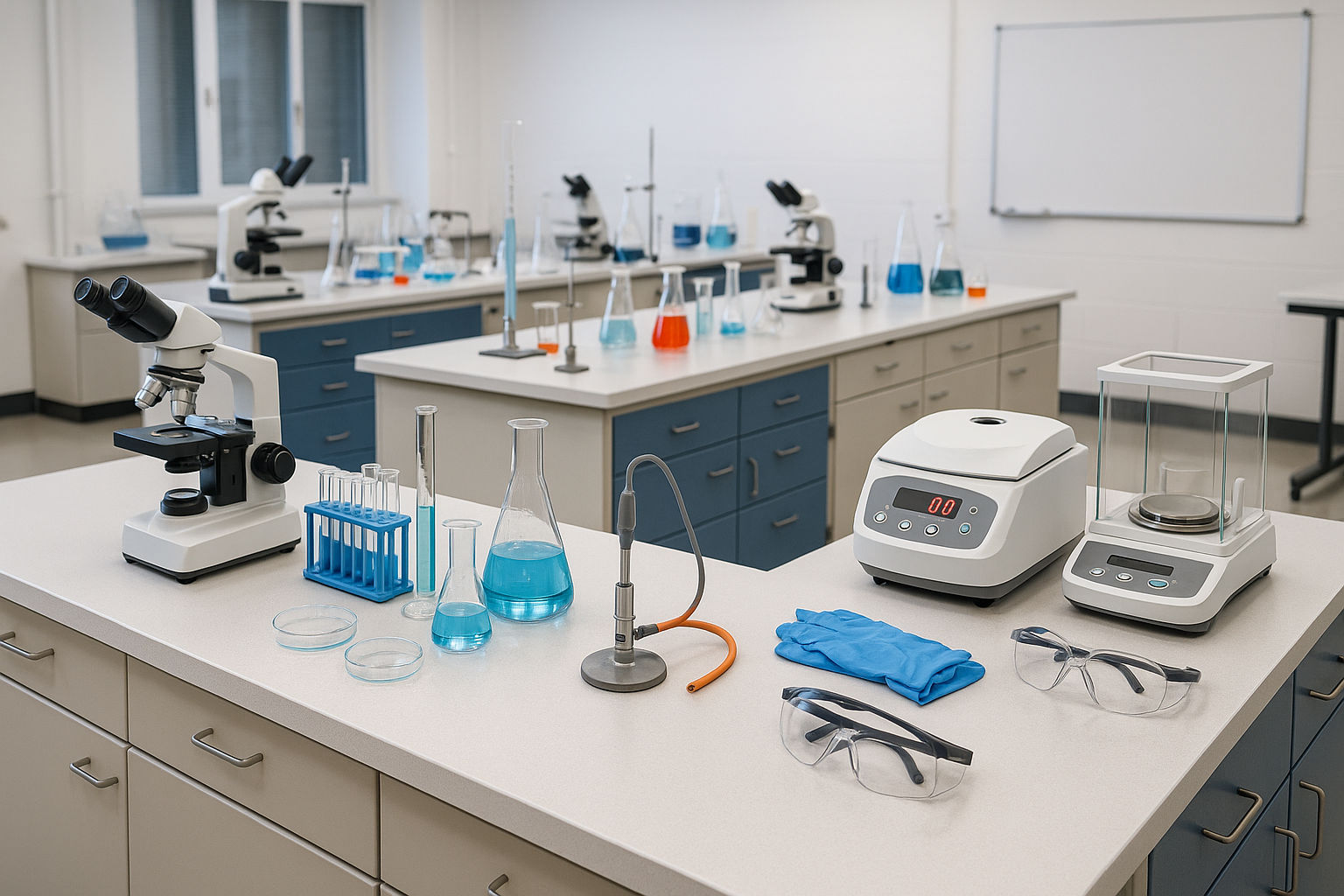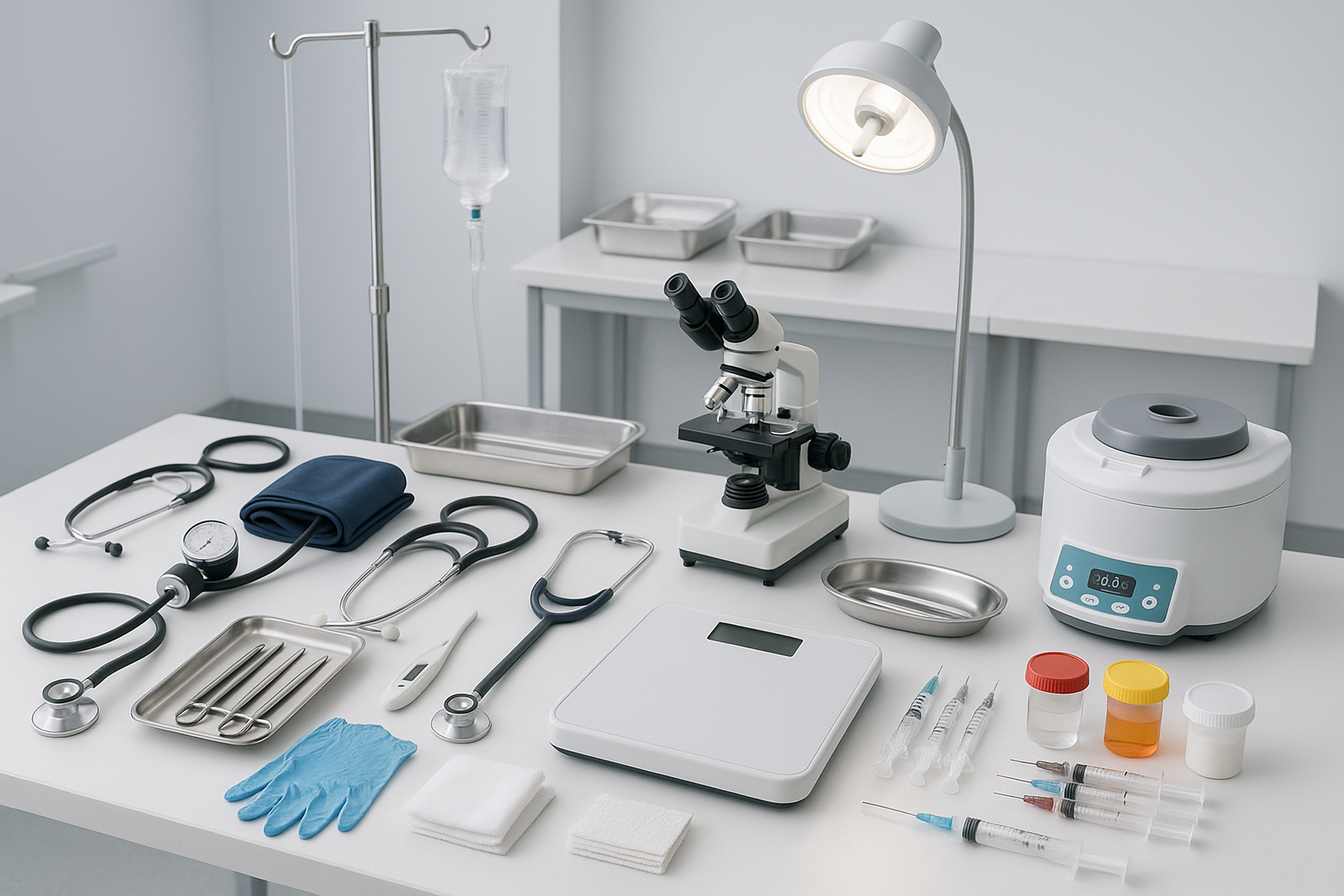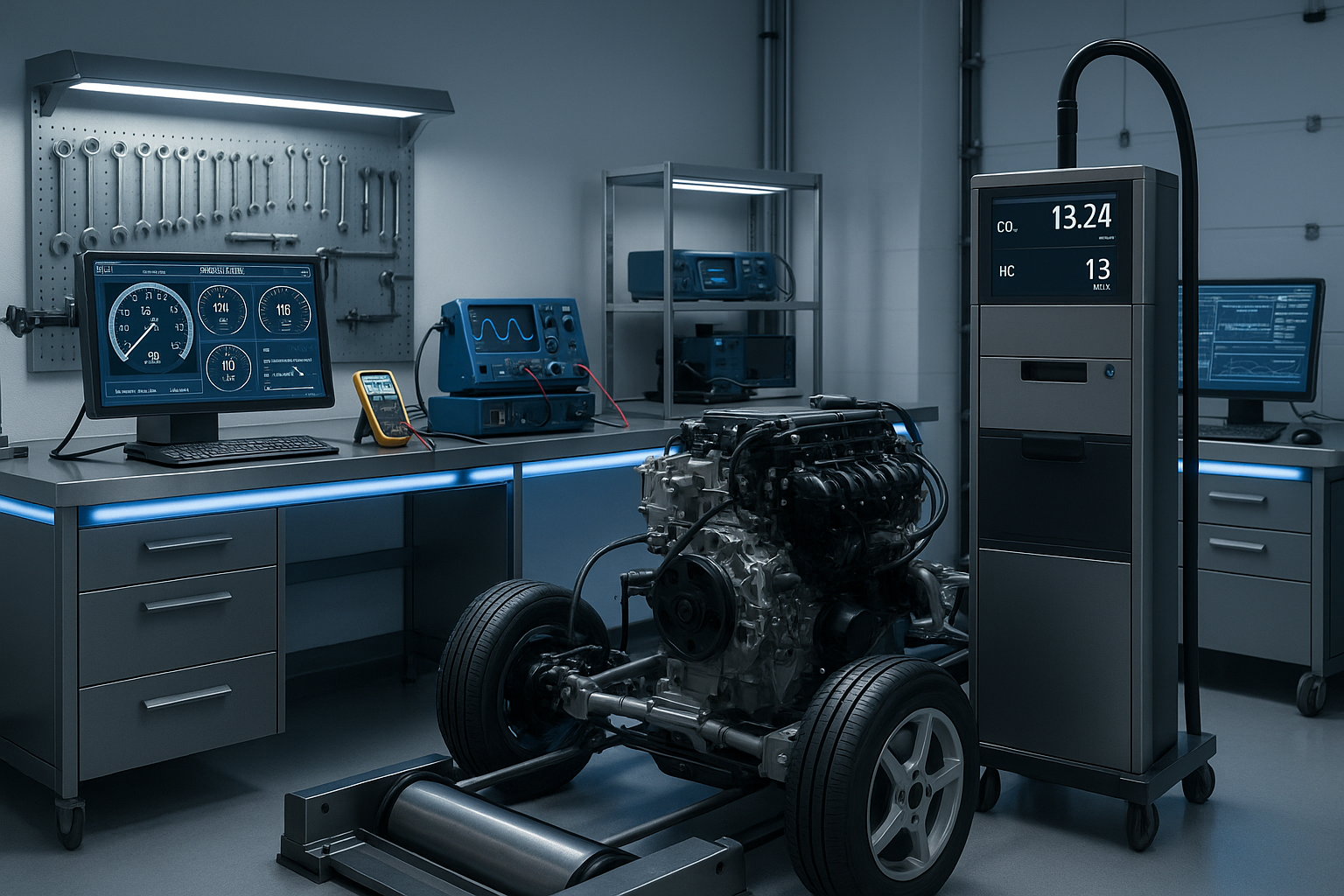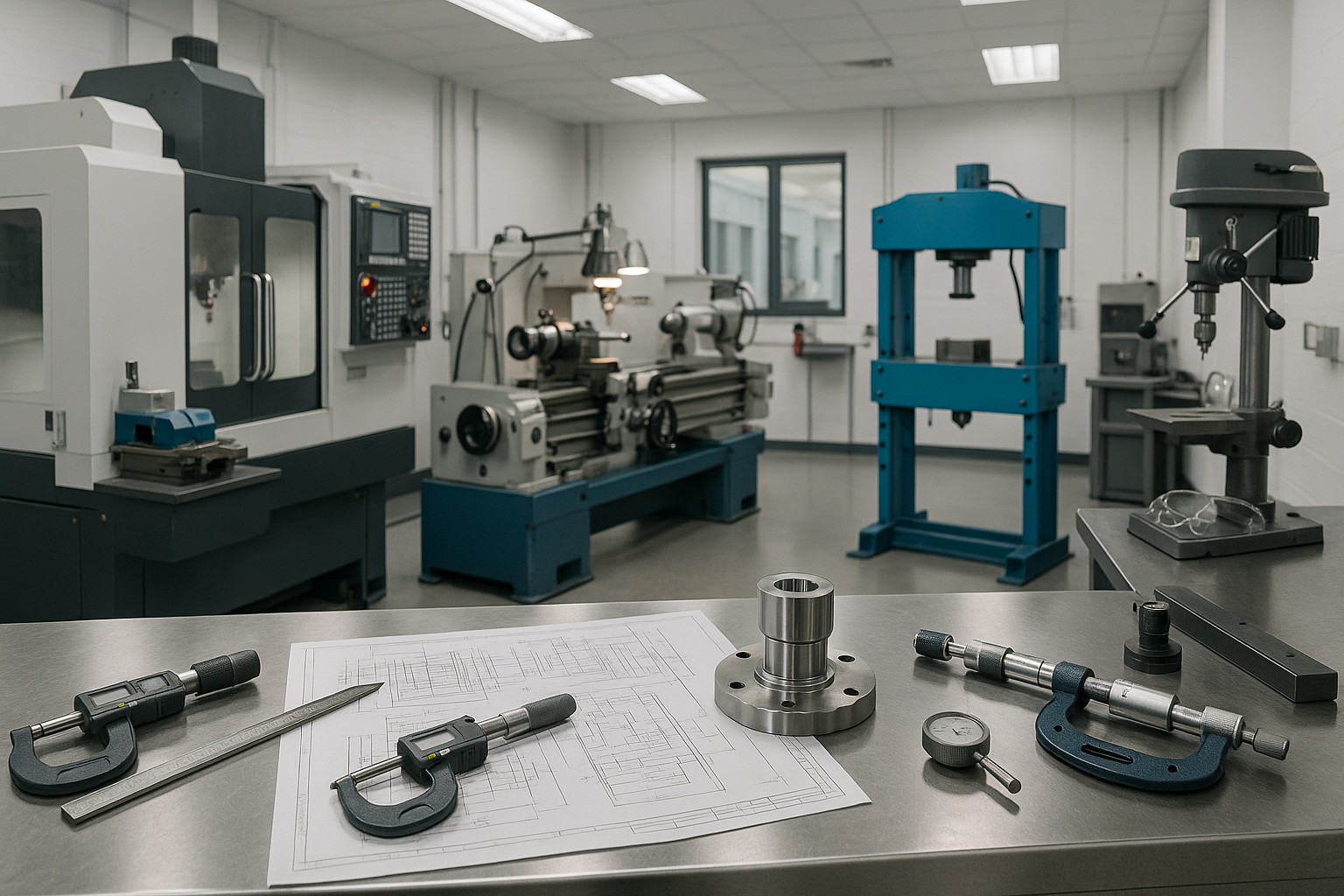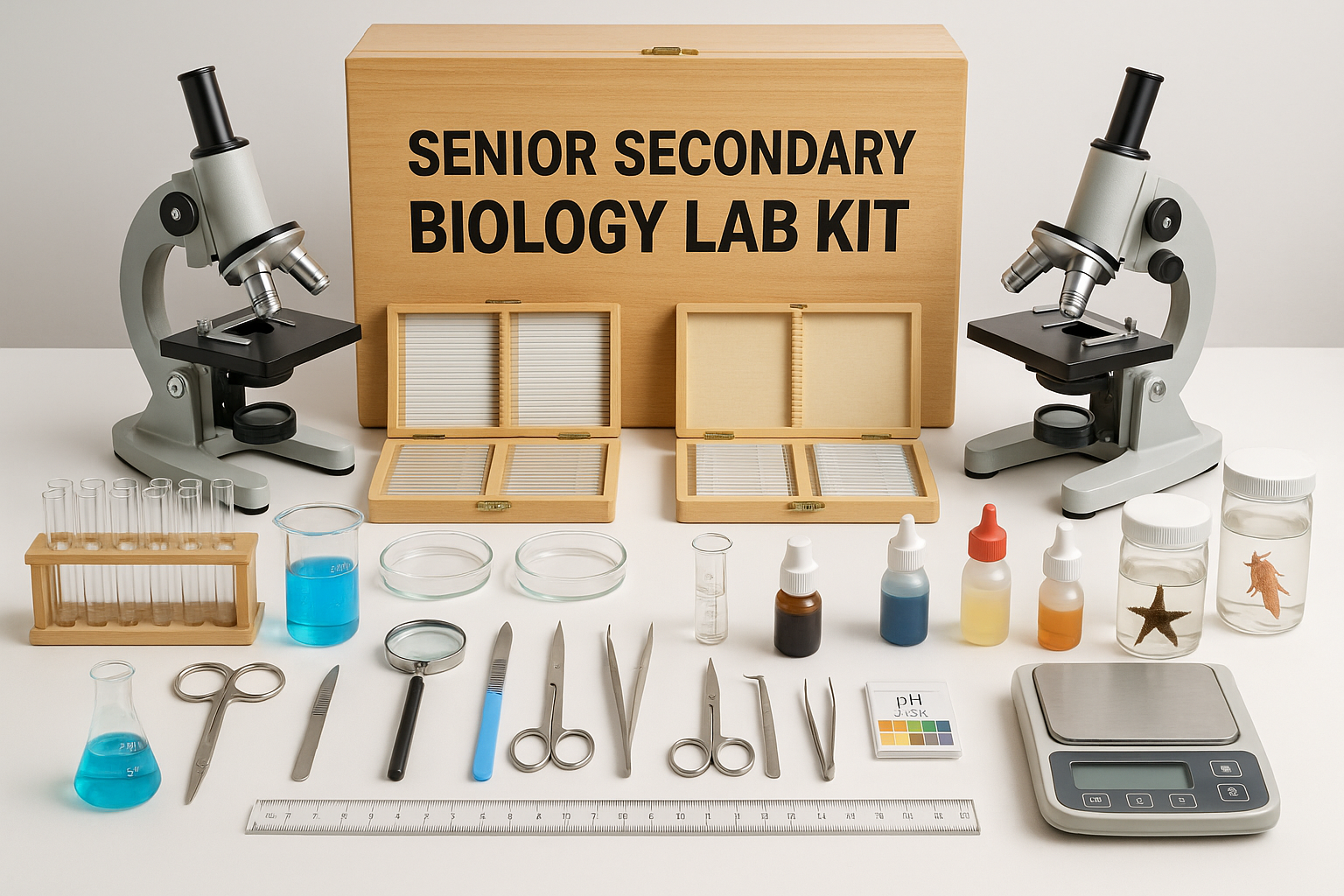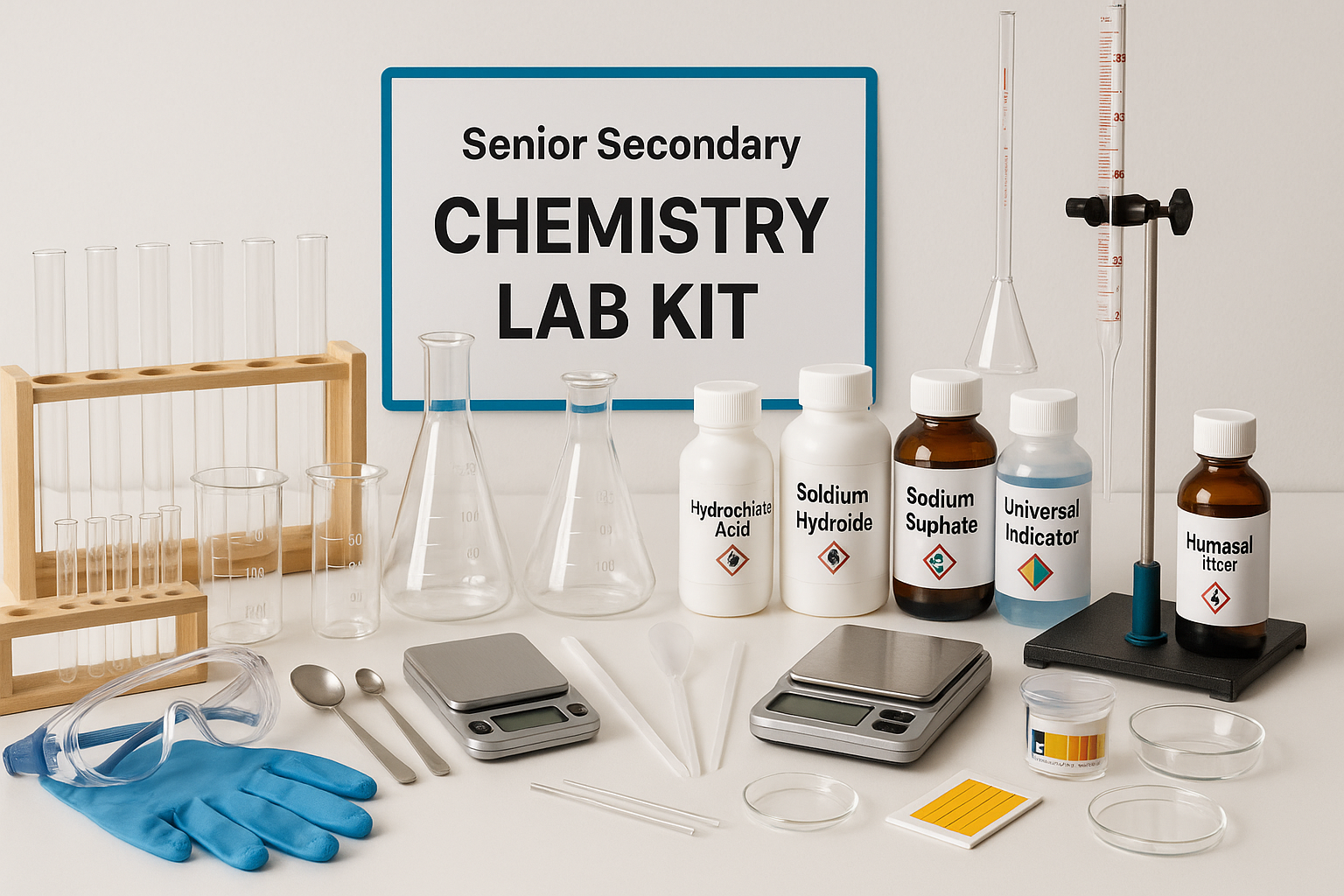Best Beakers: A Comprehensive Overview
When it comes to laboratory equipment, choosing the best beakers is critical. Beakers are essential tools for many scientific experiments and processes. Having the right beaker can mean the difference between accurate results and potential errors in your work.
Beakers are cylindrical, laboratory glassware containers used for holding, mixing, and measuring liquids. They have a flat bottom, a spout for pouring, and a beaded rim for added durability. Beakers are typically made of borosilicate glass or other materials that can withstand high temperatures, chemicals, and thermal shocks.
Beakers come in a range of sizes, from small, 10-milliliter capacities to large, 4-liter capacities. They may also feature graduations marked on the side, allowing for precise measurements of the volume of liquid being held or mixed.
In addition to their use in chemistry labs, beakers can also be used in educational settings to demonstrate scientific principles and in the food and beverage industry for measuring and mixing ingredients.
Overall, beakers are a versatile and essential piece of laboratory equipment, commonly used in chemical reactions, titrations, and other experiments that require precise measurements and handling of liquids.
LABORATORYDEAL India maintains a good quality assurance of all its products and provides lab equipment at affordable and eco-friendly rates. The company provides lab equipment throughout and outside the country and has a network of dealers and distributors in various states, including Andhra Pradesh, Arunachal Pradesh, Assam, Bihar, Chhattisgarh, Goa, Gujarat, Haryana, Himachal Pradesh, Jharkhand, Karnataka, Kerala, Madhya Pradesh, Maharashtra, Manipur, Meghalaya, Mizoram, Nagaland, Odisha, Punjab, Rajasthan, Sikkim, Tamil Nadu, Telangana, Tripura, Uttar Pradesh, Uttarakhand, and West Bengal
The best beakers come in a variety of materials, sizes, and designs to suit diverse laboratory needs. Glass beakers are often favored for their ability to withstand high temperatures and chemical reactions. However, plastic beakers also have their place, especially in situations where breakage is a concern.
In this blog, we’ll explore the top choices for beakers available on the market, detailing their unique features and advantages. This will aid you in making informed decisions to enhance your laboratory work. We’ll highlight beaker brands that stand out due to their quality and reliability.
Whether you are a student, a researcher, or a professional, finding the best beakers can significantly improve your efficiency and accuracy. Each type of beaker has its own specific use cases, and understanding these will help you choose the right beakers for your needs.
Glass beakers are often made from borosilicate glass, which is renowned for its thermal resistance. These beakers can handle temperature changes without shattering, making them ideal for heating substances. They are typically graduated, allowing for precise measurement of liquids. However, they may not be practical for all lab environments—especially where contamination or breakage is a concern.
On the other hand, plastic beakers are lighter and more durable, offering a good alternative to glass. They are less likely to break, making them safer to use in various settings. Moreover, plastic beakers can come in shapes that are easier to handle. While they might not withstand high temperatures as well as glass beakers, they are often resistant to many chemicals, making them versatile tools in the lab.
When choosing between glass and plastic, consider the specific needs of your experiments. For example, if you are working with high temperatures or heavy chemicals, the best beaker option would likely be a high-quality glass beaker. However, for routine tasks or in educational settings, plastic beakers could be the perfect fit.
Additionally, the size of beakers is another critical factor. Beakers typically come in capacities ranging from 50 milliliters to several liters. Choosing the right size ensures that you can accurately measure and mix your substances without risk of overflow or waste.
This guide will categorize our recommended beakers based on material, size, and brand, giving you multiple options to consider whether you’re setting up a new lab or upgrading your existing equipment. We will also discuss pricing, essential features, and where to buy these beakers.
In conclusion, selecting the best beakers doesn't have to be overwhelming. By understanding the types of beakers available and their specific applications, you can ensure your lab has reliable tools that meet your needs. We hope this blog helps you identify the top beaker choices that enhance your research and experiments while ensuring accuracy and safety.


